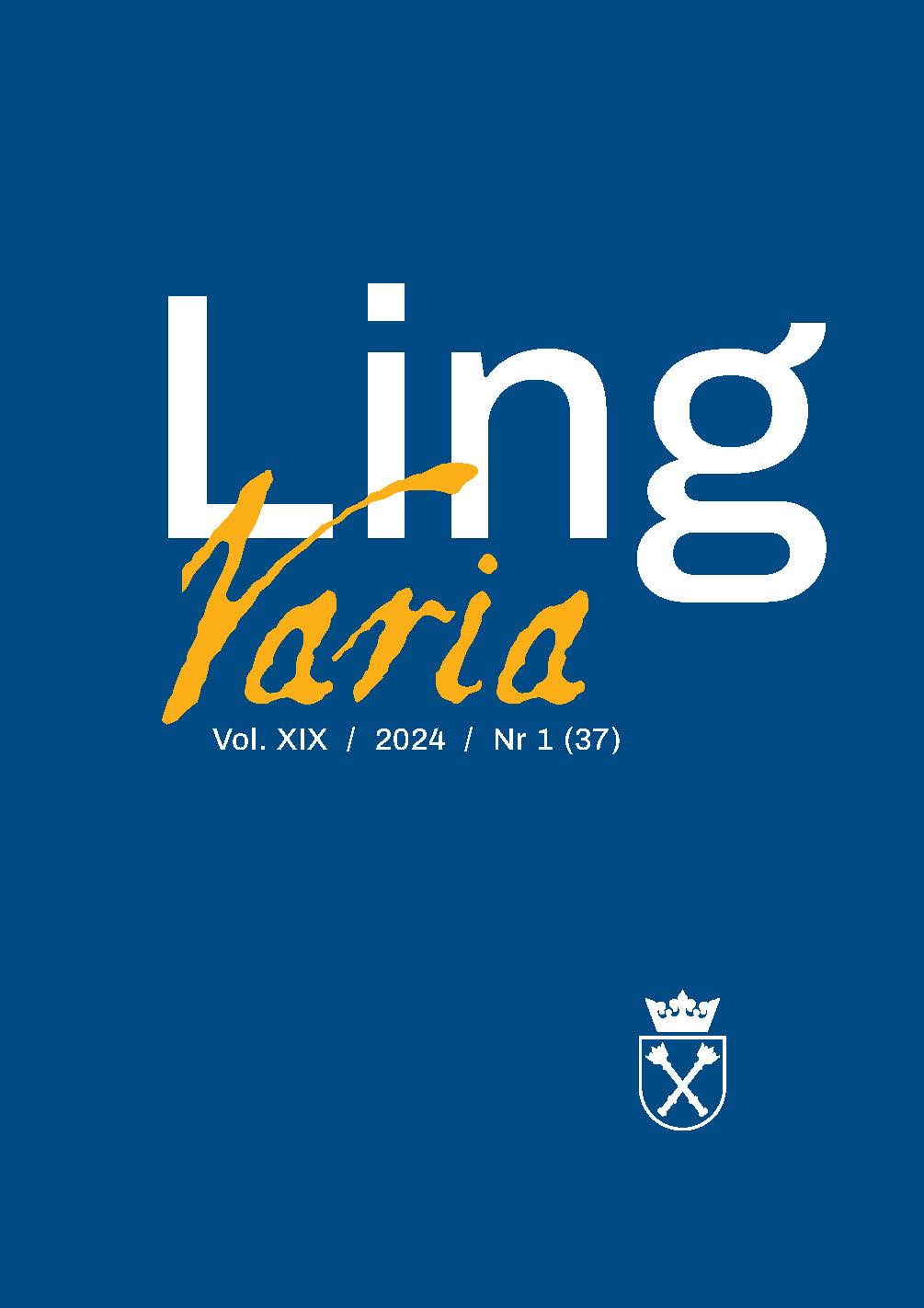Specyfika staropolszczyzny a anotacja gramatyczna
Specific Features of Old Polish Language and Grammatical Annotation
Lemmatization of Old Polish Texts
Author(s): Magdalena Wismont, Kinga Zalejarz, Ewa Nowak-Pasterska, Dorota Rojszczak-RobińskaSubject(s): Language and Literature Studies, Middle Ages, Lexis, Western Slavic Languages
Published by: KSIĘGARNIA AKADEMICKA Sp. z o.o.
Keywords: Old Polish New Testament Apocrypha; medieval Polish language; grammatical annotation; lemma; lemmatization; dictionary form
Summary/Abstract: The article is dedicated to grammatical annotation of Old Polish texts. It discusses the problem with the lemmatization of a medieval text. In the Apocrypha tool, a lemma is not the same as the basic form of a word. It is only a dictionary form, or a kind of a label. The author of the article presents the reasons for this decision and the adopted rules for assigning lemmas to different grammatical classes. The article also shows the criteria of the repartition of lemmas. These criteria are the frequency of the basic form in the text or texts, the persistence of the form or the differentiation of meanings. Third person pronouns turned out to be particularly difficult for lemmatization. According to the accepted rules, they have a gender, but do not conjugate with a gender (which forced, for example, the adoption of the masculine lemma ONY). The other examples are forms such as siebie, sobie [self], for which the lemma JA was adopted. The article also describes the issues of determining the lemma boundary when annotating words conjugated with different single morphemes: particles, agglutinants or residual forms of personal pronouns. All of the solutions adopted in the tool and presented in the article aimed at respecting the Old Polish language specific features while facilitating the analysis of the material.
Journal: LingVaria
- Issue Year: 19/2024
- Issue No: 37
- Page Range: 171-184
- Page Count: 14
- Language: Polish

